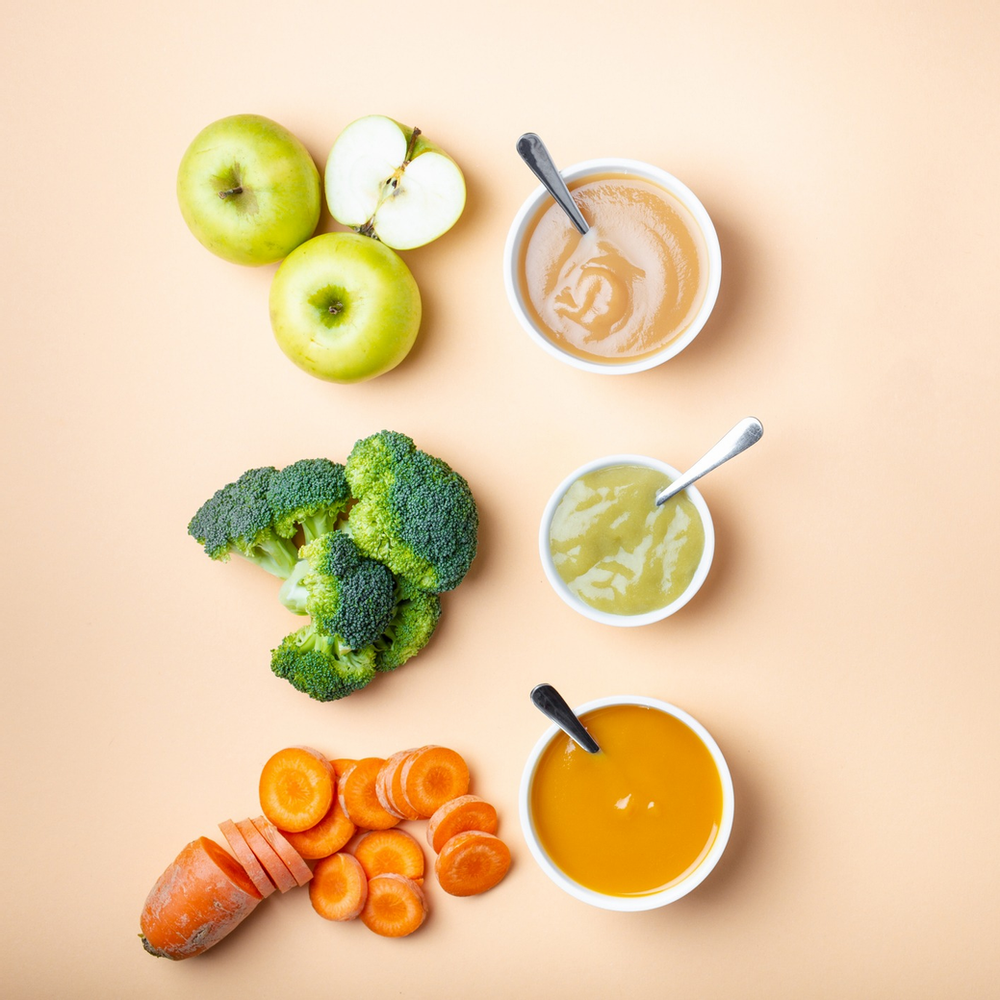
It is an exciting time in our household as Nico has turned seven months and last month, we started to introduce him to some foods, alongside his milk of course! At this exciting time, it is important to remember that our babies are going to take some getting used to when it comes to mealtimes- and therefore choosing the right foods for them is essential. Although we love a puree, and of course some baby rusk, Nico seems to be now loving the finger foods.
When choosing the best finger foods for baby, whether you’re starting at six months or nine months—experts agree that it’s best to begin with small pieces of soft food that dissolve easily. There are some brilliant books out there with fab ideas for finger food, but here are some of the ideas we are serving up in our household to make mealtime fun and nutritious. Think soft and small pieces of banana, scrambled eggs, mashed blueberries in their porridge, peas steamed until soft or even very soft pieces of baked potato to start!
Finger Food Ideas
When your baby starts to pick up items and move them towards to their mouth, it is a great time for baby to try and feed himself. Not only is it good practice for his tongue and the muscles in his mouth, but also, they can use the process to practice hand-eye coordination and fine motor control. To avoid excess gagging, choose foods that will almost dissolve in baby’s mouth or will otherwise be easy to move around with their tongue.
Note: Not all babies will enjoy baby-led weaning and finger foods and may prefer to be spoon-fed by an adult for the first few months- this is totally okay!
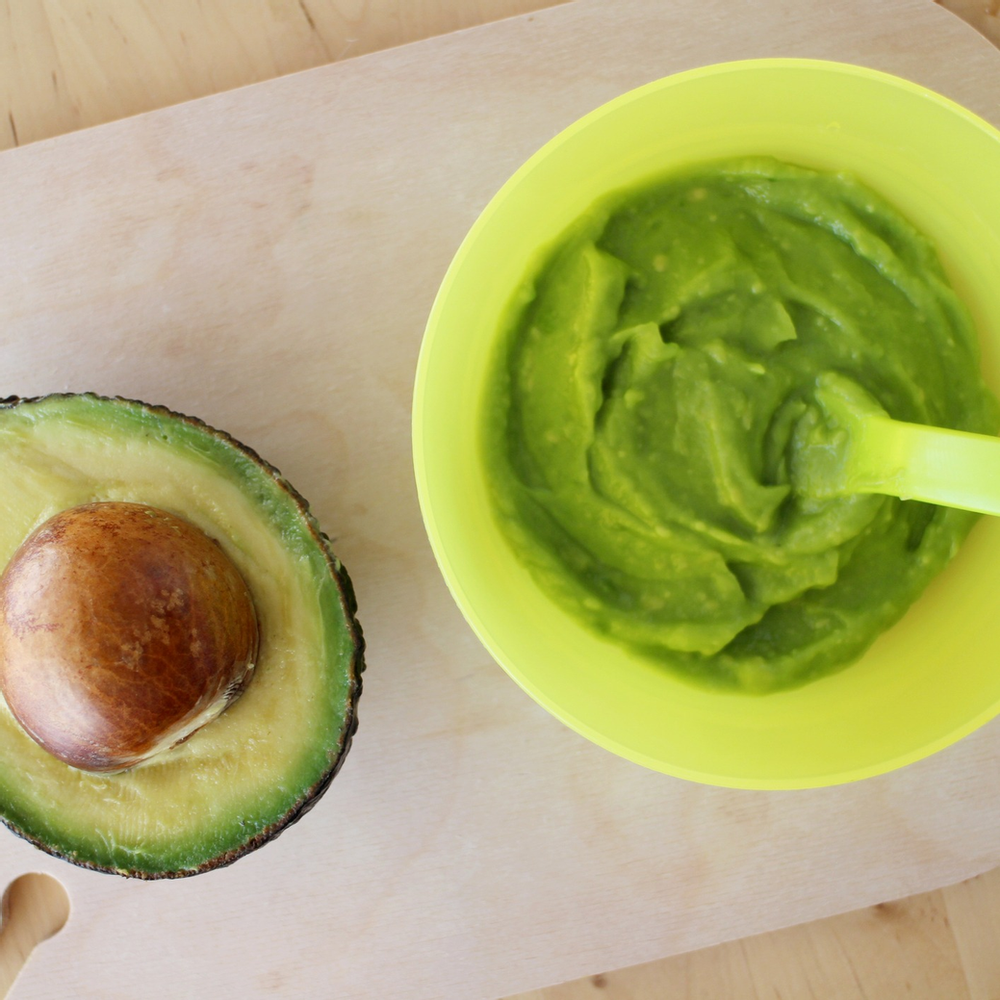
Here are a few fresh favourites for you and your baby:
Puffs
Puffs and O-shaped dry cereal are some of the most popular first finger foods for good reason: They let baby practice the pincer grasp by picking up one at a time. Many baby food brands make puffs, which usually contain veggies, fruit and a grain such as rice. They are easy for little hands to pick up and are dissolvable, making them a good option for an early finger food.
Soft Roasted Veg
Babies love sweet potato! When roasted until soft, sweet potato wedges are easy for little hands to hold and baby will love the naturally sweet taste. Roasted vegetables like sweet potato and carrot are brilliant for baby. Cut them in long or large round pieces so that are easier for your little one to grab with a hand. Small pieces require a finger or pincer grasp that develops later at around 8-10 months.
How to make:
Wash and dry a sweet potato. Peel and cut into wedges about 1/2-inch to 1-inch thick and toss with coconut oil. Roast on a baking sheet at 400 degrees for about 25 to 30 minutes, turning once, or until very soft. Let cool completely before serving one wedge at a time.
Plain Toast
We have just introduced Nico to plain toast, and he loves it! Cut the toast into solider like pieces so the toast is easy for your baby to hold and chew on. Avoid using any toppings on the toast until a little later, when your baby can be introduced to more flavours and food groups.
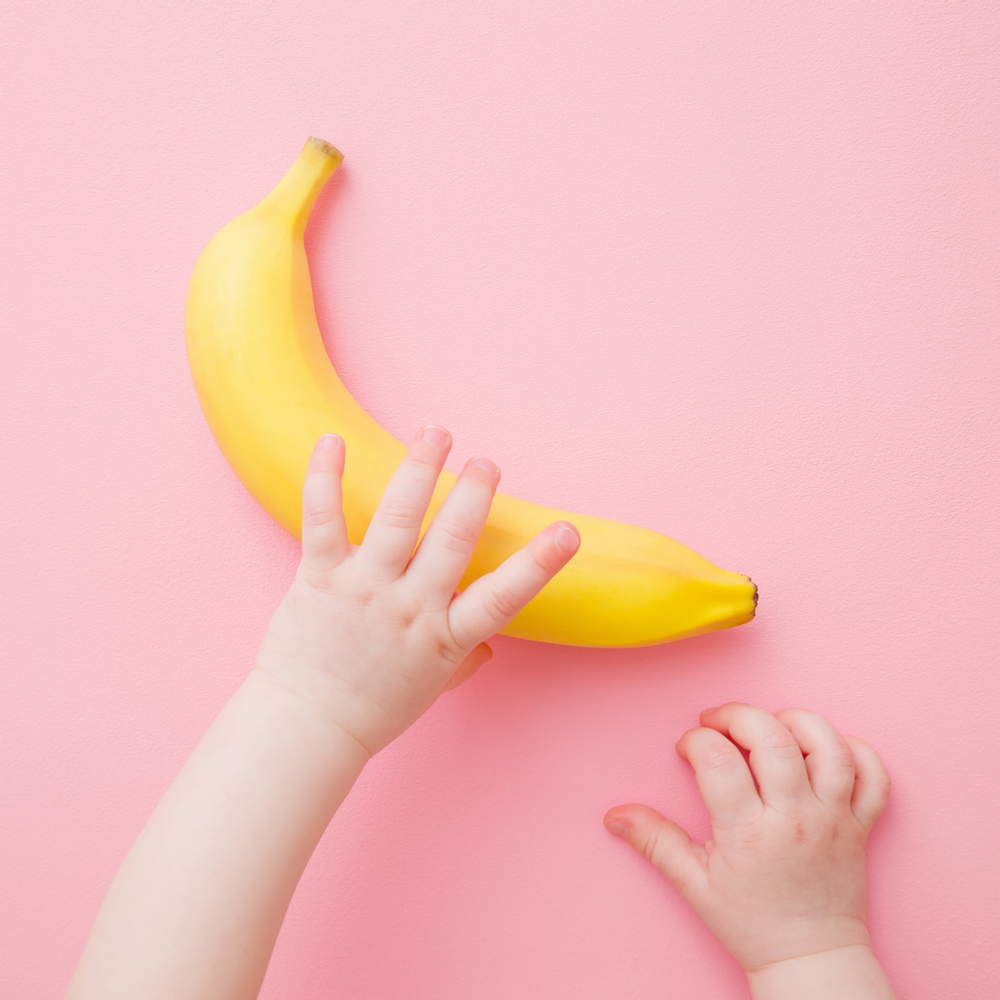
Power Green Veggies
Broccoli with stalks, steamed, boiled or roasted. This was the first finger food many babies it, and with luck, it’ll remain a favourite. Stalks make perfect “handles” and babies love practicing their self-feeding skills with broccoli.
Avocado
Avocado is a real power food! Avocado wedges with the partially removed skin are great for a better baby grip. Make sure to wash the avocado well before serving. Avocados are high in fibre and healthy monounsaturated fats, which are good for hearts of all ages. You can puree or fork-mash a bit of avocado and offer your baby a small spoonful. … Around eight or nine months of age, diced pieces of avocado are fun for her to pick up, smash, and self-feed.
Bananas
Always a firm favourite. Nico is loving the banana, both mashed into his porridge and as a finger food.
Top tip! Peel the banana, cut the banana in half whist skin still on. Push your finger into the middle of the banana flesh and the banana will split evenly into 3 perfectly sized wedges (which are less slimy and easier for your baby to grip). The perfect shape for self-feeding. How have I not known this tip for forty two years!
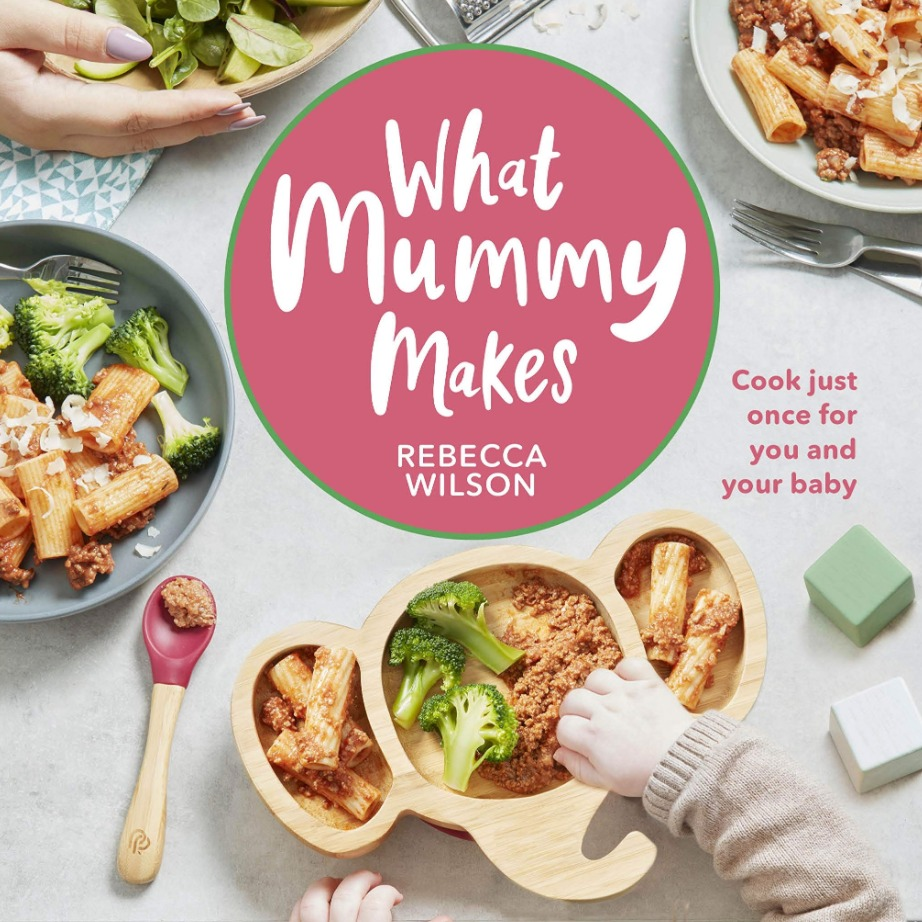
Weaning Right
I have included some tip tops I have heard over the years that make sure both Nico and I are ready for the introduction of a varied diet. This is an exciting time for all, but my baby is especially loving it!
Never force your baby to eat – Their appetite may fluctuate, especially in those first few months of foods. Let them guide you on how much food they may need- be responsive to their hunger and satiety cues.
Don’t rush the process – Babies learning to eat are learning a new skill, and these things take time. Always follow your baby’s pace and leave a decent amount of time for their meals.
Try and Try again – It can take on average 10-14 tries for a baby (and even toddler!) to get used to a new food, taste and texture. Rejecting foods first time round doesn’t mean they don’t like it, always provide options and they’ll get used to it in their own time.
Babies learn by watching you – Having family mealtimes right from the start will show your baby that the whole family eats this way. Popping his highchair at the end of the table so Nico can observe everyone else is what we like to do.
Remember, each child is different and if your baby isn’t ready to wean right away, give them time. Pre-preparing meals is useful, and when your baby is ready, they can be defrosted and enjoyed together!
Three useful, inspiration book ideas:-
What Mummy Makes by Rebecca Wilson
Wean in 15 by Joe Wicks
Ella’s Kitchen: The Cookbook: The Red One



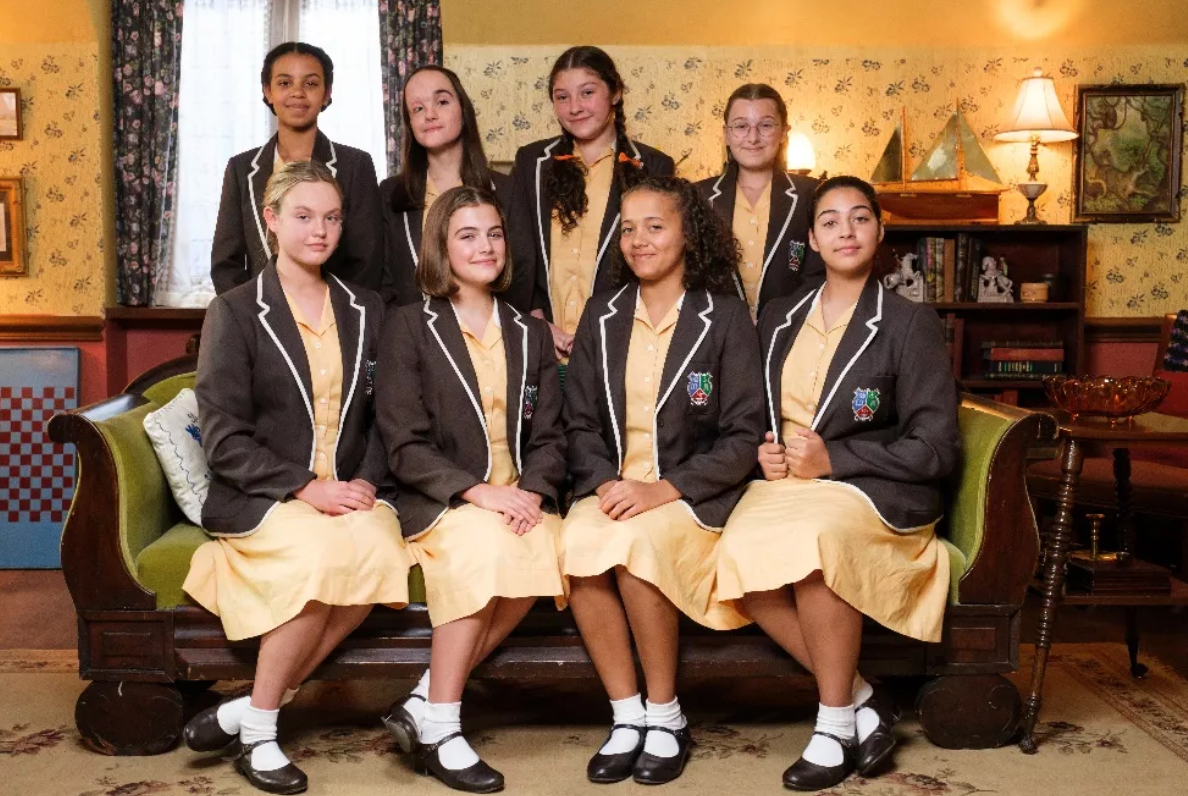
Leave A Comment